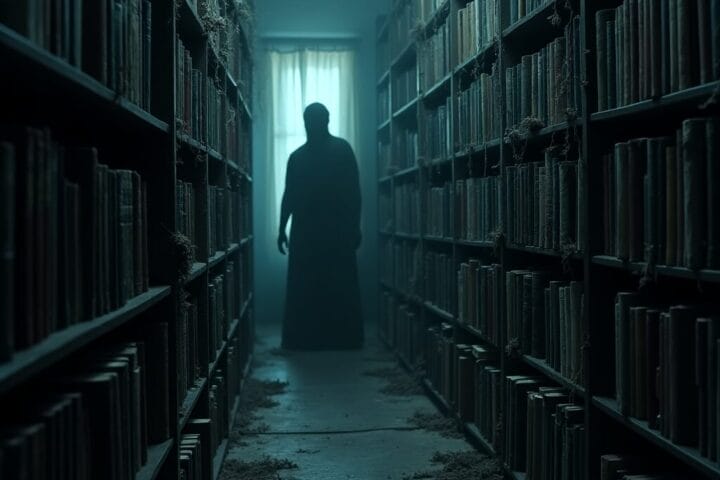Karen Blixen, a Danish author who wrote in Danish and English, is widely known for her literary works and her life in Africa. She is best recognized for her memoir “Out of Africa” and the short story “Babette’s Feast,” both of which were adapted into Academy Award-winning films. Beyond her literary achievements, Blixen’s life was filled with fascinating experiences and contributions. In this article, we will delve into the captivating biography of Karen Blixen, exploring her early life and education, her time in Kenya, her creative talents, and her lasting impact on literature.
Early Life and Education
Karen Christenze von Blixen-Finecke, born on April 17, 1885, in Rungstedlund, Denmark, came from a privileged background. Her father, Wilhelm Dinesen, was a writer and army officer, and her mother, Ingeborg Westenholz, hailed from a wealthy merchant family. Karen grew up in a family of three sisters and two brothers, with her younger brother, Thomas Dinesen, later earning the Victoria Cross in World War I.
Karen’s early years were influenced by her father’s love for the outdoors and hunting. She developed a passion for storytelling and inherited her father’s talent for writing. Karen’s education was unconventional, as she was primarily educated at home by her maternal grandmother and her aunt, Mary B. Westenholz, who instilled in her a strong belief in women’s rights. She also spent time at her mother’s family home, the Mattrup seat farm, and her father’s family estate, Folehavegard.
During her formative years, Karen honed her creative skills and began publishing fiction in Danish periodicals under the pseudonym Osceola. In 1902, she attended an art school in Copenhagen and later studied at the Royal Danish Academy of Fine Arts. Karen’s artistic endeavors would later complement her writing career.
Life in Kenya
In 1914, Karen Blixen embarked on a life-changing journey to Kenya, then known as British East Africa, to marry her half-cousin, Baron Bror Blixen-Finecke. Together, they purchased a farm at the foot of the Ngong Hills, which would become the centerpiece of Karen’s life for many years. Initially planning to raise cattle, the couple soon realized that coffee farming would be more profitable.
Their farm, named Mbagathi, faced numerous challenges, including a factory fire and a series of poor harvests. Despite their efforts, the coffee plantation did not thrive, and the couple faced financial difficulties. Karen’s marriage to Bror also deteriorated, leading to their divorce in 1921. She took over the management of the struggling farm and faced the daunting task of running it on her own.
Karen Blixen’s life in Kenya was marked by her deep love for the land and its people. She developed close relationships with the local workforce, including the Kikuyu, Wakamba, Kavirondo, Swahili, and Maasai communities. She actively participated in the local community and even accompanied supplies for the colonial army during World War I.
Literary Career and Artistic Pursuits
While Karen Blixen faced challenges on the coffee farm, she found solace and inspiration in her writing. After her divorce and subsequent return to Denmark in 1931, she turned to writing as a career. Blixen published her first collection of stories, “Seven Gothic Tales,” in 1934, which received critical acclaim. Her writing style was characterized by rich storytelling, vivid descriptions, and a deep understanding of human nature.
In 1937, Karen Blixen published her most famous work, “Out of Africa,” a memoir recounting her experiences in Kenya. The book resonated with readers worldwide, offering a captivating glimpse into the beauty and challenges of African life. It was later adapted into an Academy Award-winning film starring Meryl Streep and Robert Redford.
Beyond her literary pursuits, Karen Blixen was also a talented artist. She attended art schools in Copenhagen and honed her skills in drawing and painting. Her artworks, including notable pieces like “Young Kikuyu Girl” and “Abdullahi Ahamed,” showcased her creativity and artistic vision.
Karen Blixen’s Legacy
Karen Blixen’s contributions to literature and her unique perspective on Africa left a lasting impact on the literary world. Her works continue to be celebrated for their profound storytelling and the evocative portrayal of the African landscape. Although she was nominated for the Nobel Prize in Literature multiple times, she never received the prestigious award. Nevertheless, her literary achievements have secured her a place among the world’s most esteemed authors.
In addition to her literary legacy, Karen Blixen’s former home in Kenya, known as Bogani House, has been preserved as the Karen Blixen Museum. Established in 1986, the museum offers visitors a chance to explore the life and works of Karen Blixen, immersing themselves in the history and culture she experienced during her time in Africa. The museum’s serene setting amidst the Ngong Hills provides a tranquil backdrop for personal reflection and appreciation of Karen Blixen’s profound connection to the land.
Karen Blixen’s life and work continue to captivate audiences worldwide. From her early years in Denmark to her eventful journey to Kenya, she defied societal norms and pursued her passion for writing and art. Through her memoirs and stories, she transported readers to the African landscape, offering a unique perspective on the beauty, challenges, and humanity she encountered.
Karen Blixen’s legacy extends beyond her literary achievements. The Karen Blixen Museum stands as a testament to her enduring impact on both the literary and cultural landscapes of Kenya. As visitors explore the museum and the serene surroundings, they can reflect upon the remarkable life of Karen Blixen and the indelible mark she left on the world of literature.













